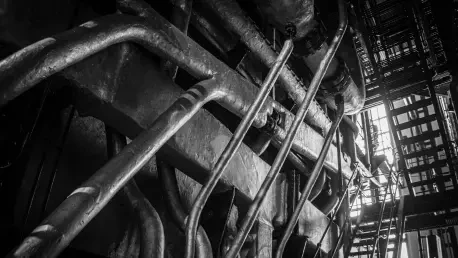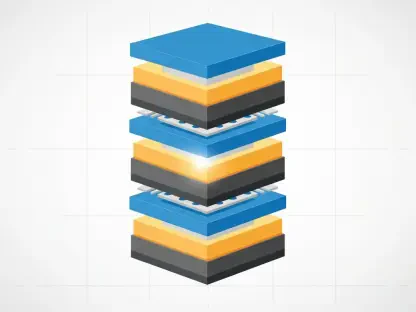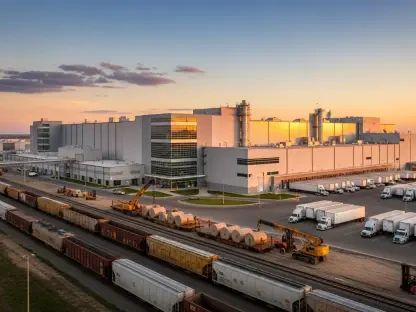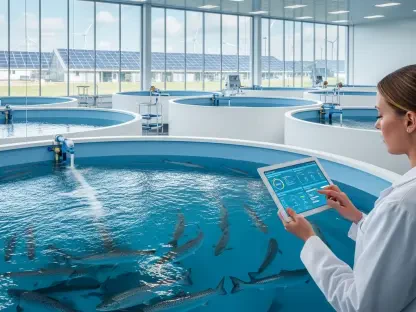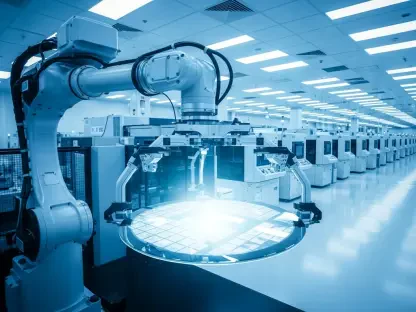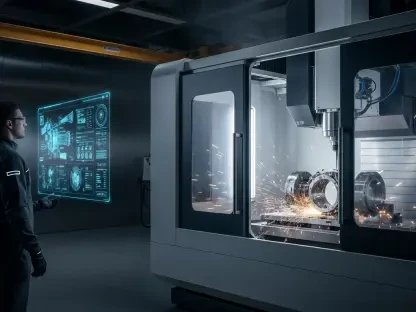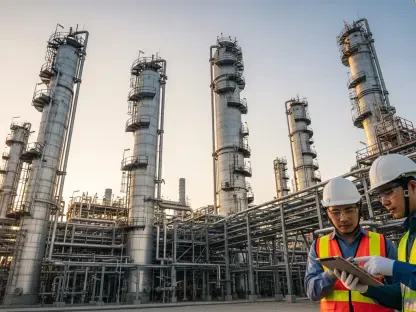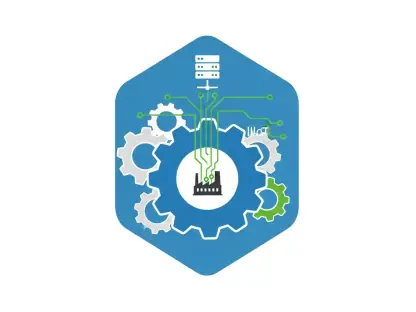The challenge of accurately tracking actual costs in the manufacturing sector is ongoing, especially as companies strive to maintain competitiveness and profitability. For industries like food manufacturing, where fluctuating ingredient prices and production demands intersect, a precise understanding of costs is vital. Manufacturers are faced with the demanding task of balancing estimates and real expenses to safeguard profit margins, set competitive prices, and ensure smooth operations. The distinction between standard and actual costs unveils the myriad intricacies of financial and operational assessments. As technology evolves, the methods by which these costs are managed are also transforming, favoring advanced technological solutions over traditional spreadsheet-based methods.
Standard Costs vs. Actual Costs
Understanding the Essentials
In the realm of manufacturing, grasping the nuanced difference between standard and actual costs is essential for fiscal health and strategic planning. Standard costs serve as predetermined estimates used in budgeting and financial forecasting. They give enterprises a baseline to work with, informing them about anticipated expenses under assumed conditions. However, the real world, characterized by unpredictability and fluctuation, often causes disparities between these estimates and actual expenses incurred. This divergence calls for a deep dive into real expenses to identify cost-saving opportunities, delineate inefficiencies, and ensure accurate financial reporting.
Actual costs reflect the genuine expenditures made during the production process. These costs consider every detail from material, labor, to overhead costs, offering a clearer picture of financial investments required to produce a unit or batch. Understanding these costs is more than an academic exercise. In real-world applications, comprehending and tracking actual costs is fundamental to making informed pricing decisions, streamlining operations, and maintaining robust financial health. The discipline of reconciling estimated costs with actual expenditures also acts as a barometer for managerial effectiveness, providing feedback on resource allocation and operational efficiency.
Financial Implications and Benefits
Cost tracking is not simply about balancing books but has pronounced implications for a manufacturer’s strategic decisions and long-term sustainability. By accurately tracking actual costs, businesses can uncover areas of waste, negotiate better terms with suppliers, and optimize processes to reduce expenses. Businesses operating under a misconception of what their costs entail risk undervaluing their products or overextending their resources. This information is invaluable in conducting cost-benefit analyses, supporting informed strategic decisions that can steer a company’s growth trajectory.
Moreover, accurate cost tracking bolsters compliance with industry regulations and standards, thereby minimizing risks associated with legal penalties or reputational damage. For industries with tight margins like food manufacturing, the significance of this cannot be overstated. Furthermore, having comprehensive insights into cost dynamics empowers businesses to leverage strengths and opportunities, catering to evolving market needs while maintaining a competitive edge. Thus, embracing cost-tracking best practices aligns with broader business objectives of sustainability, profitability, and market leadership.
The Role of Technological Solutions
Transition from Spreadsheets
Traditionally, spreadsheets have been the go-to resource for tracking production costs, primarily due to their accessibility and familiarity. These detailed records allow businesses to account for ingredients, labor, and overhead costs on a granular level. However, as a company scales, managing large datasets via spreadsheets becomes cumbersome, prone to human error, and highly inefficient. Each new batch or production run increases the likelihood of flaws in data entry, especially where variable costs like fluctuating ingredient prices are concerned.
Besides accuracy, speed and efficiency emerge as crucial barriers when relying on spreadsheets. They often lack the capability to handle real-time cost changes, making them lag behind in offering timely insights to managers and decision-makers. Maintaining data integrity and cross-functional clarity becomes a Herculean task as the manual process evolves into a source of delay and potential miscommunication. As demands increase, the reliance on static, manual systems becomes less tenable, prompting companies to seek out more dynamic, integrated solutions that respond adeptly to their needs.
Integration of Manufacturing Software
This shift towards advanced manufacturing software epitomizes technological adaptation within the industry. Platforms like MRPeasy provide real-time tracking capabilities, enhancing transparency across all production aspects. The integration of tasks like data entry automation, inventory management, and cost forecasting under one digital roof reduces the complexity of managing disparate systems. This software offers precise traceability for product ingredients, facilitating quick responses to changes in cost dynamics or regulatory requirements.
These solutions predominantly benefit businesses looking to harmonize their operations, improving efficiency and cost-effectiveness by mitigating human error. Furthermore, by offering predictive insights on material needs and potential cost surges, manufacturing software aids businesses in proactive planning, elevating their operational strategies. This technology assists manufacturers in remaining compliant with industry protocols, offering a robust framework to uphold standards. The adaptive nature of such software ensures that as companies grow and face more complex challenges, they have the right toolkit to manage costs and mitigate risks effectively.
Embracing Change in Manufacturing
Success Stories and Industry Trends
Adopting manufacturing software for cost management is resonating across the industry, evidenced by success stories like those of Frozen Garden and Tait Farm Foods. These companies notably overcame long-standing challenges, such as unreliable cost data and deficient tracing capabilities, through technological investment. After transitioning to MRPeasy, they reported significant improvements in profit margins, operational transparency, and overall decision-making agility. These positive outcomes underscore a growing trend among manufacturers to integrate digital solutions for enhanced cost management, prioritizing technology over manual systems.
Such technological transformations are indicative of the broader inclination towards the digitalization of cost management processes. Many manufacturers are recognizing the pressing need to pivot from outdated methods to systems that promise accuracy, efficiency, and regulatory compliance. Emphasizing a shift to technology not only addresses current cost-related concerns but also positions businesses to better handle future challenges. This digital transformation trend is being echoed across industries, with a clear preference for systems that streamline operations and provide reliable, actionable insights.
The Future Landscape
Tracking actual costs in the manufacturing industry is a persistent challenge crucial for maintaining competitiveness and profitability. In sectors such as food manufacturing, where ingredient prices fluctuate and production demands shift, comprehending actual costs is essential. Manufacturers strive to balance estimated and actual expenses to protect profit margins, set competitive prices, and ensure smooth operational flow. Distinguishing between standard and actual costs highlights numerous complexities in financial and operational evaluations. As technology advances, the approaches to managing these costs are evolving, shifting away from traditional spreadsheet methods to sophisticated technological solutions. These advanced tools offer more precise, efficient ways to analyze data, streamline processes, and ultimately drive success. Companies must adapt to these technological solutions to thrive in today’s competitive landscape, embracing innovations that help them accurately determine costs, thereby bolstering their financial health and operational efficiency.
